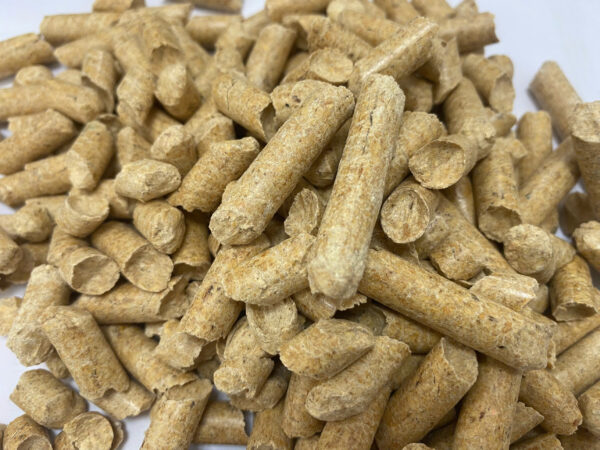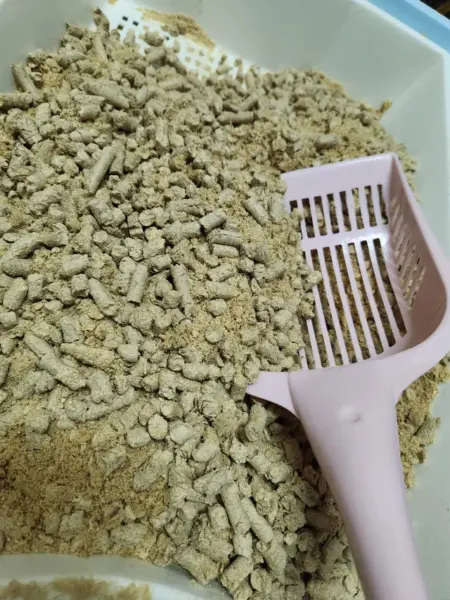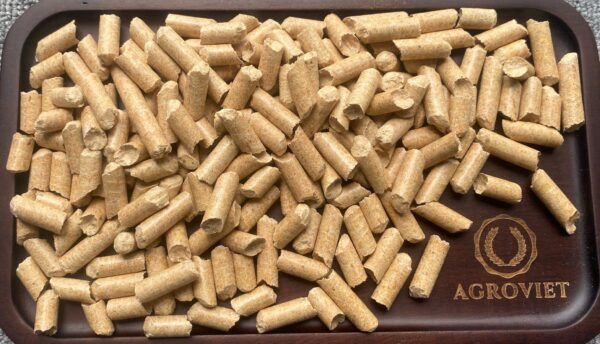 Using pine wood pellets for your pet’s bedding is a fantastic choice for both comfort and hygiene. Not only do pine wood pellets offer excellent absorbency, but they also provide natural odor control, making them an ideal solution for a variety of pets, including small animals, cats, and even birds. However, to ensure that your pet stays healthy and comfortable, it’s essential to know how to properly clean and maintain this type of bedding.
Using pine wood pellets for your pet’s bedding is a fantastic choice for both comfort and hygiene. Not only do pine wood pellets offer excellent absorbency, but they also provide natural odor control, making them an ideal solution for a variety of pets, including small animals, cats, and even birds. However, to ensure that your pet stays healthy and comfortable, it’s essential to know how to properly clean and maintain this type of bedding.
In this guide, we will walk you through the best practices for cleaning and maintaining pine wood pellet bedding so that you can keep your pet’s living space fresh, hygienic, and long-lasting.
1. Understanding Pine Wood Pellet Bedding

Before diving into the cleaning process, it’s important to understand how pine wood pellets work. These pellets are made from compressed pine sawdust and are highly absorbent. When they come into contact with moisture, they break down into a soft, sawdust-like consistency, which continues to absorb liquid and control odors. This feature makes pine wood pellets a low-maintenance option, as they don’t need to be changed as frequently as other bedding types.
However, to maintain their effectiveness, you’ll need to establish a regular cleaning routine that fits your pet’s needs.
2. Daily Maintenance of Pine Wood Pellet Bedding

To ensure your pet’s environment stays clean and odor-free, daily maintenance of pine wood pellet bedding is key. This routine helps to prevent excessive moisture buildup and keeps the area fresh for your pet.
Here are some simple daily maintenance steps:
- Spot Cleaning: Every day, inspect the bedding for wet spots or soiled areas. Use a small scoop or litter scoop to remove any solid waste, and discard any clumped, wet pellets that have already broken down into sawdust.
- Mixing: If there are still dry pellets remaining, gently mix them with the sawdust to spread out the moisture. This can help the bedding last longer before a full change is needed.
- Add Fresh Pellets: After removing any wet or soiled areas, add a handful of fresh pine wood pellets to replenish the bedding. This helps to maintain a dry and odor-free environment for your pet.
Daily maintenance only takes a few minutes, but it can significantly extend the life of your pine wood pellet bedding and keep your pet more comfortable.
3. Weekly Deep Cleaning
While pine wood pellets don’t require constant replacement like other bedding materials, you will need to do a deep clean once a week (or more often depending on the size and type of your pet). Deep cleaning ensures that your pet’s living area remains hygienic and free from bacteria buildup.
Follow these steps for a thorough weekly clean:
Step 1: Remove All Bedding
Start by removing all of the bedding from the cage, litter box, or enclosure. Use a scoop or your hands to lift out the bulk of the pellets and sawdust. Be sure to discard both the dry and wet bedding to ensure a completely fresh start.
Step 2: Clean the Enclosure
Once the bedding has been removed, take the time to clean the cage, litter box, or enclosure thoroughly. Use pet-safe disinfectants or mild soap and water to scrub the surfaces, including the floor, walls, and any accessories. Rinse thoroughly to remove any soap residue.
Allow the enclosure to dry completely before adding new bedding. Moisture can cause fresh pine wood pellets to break down prematurely, so ensuring the enclosure is dry will help maintain the pellets’ integrity.
Step 3: Add Fresh Pine Wood Pellets
After the enclosure is clean and dry, add a new layer of fresh pine wood pellets. The depth of the bedding will depend on your pet’s size and preferences. For smaller animals like rabbits or hamsters, 1-2 inches of bedding is usually sufficient. For larger animals or cats, a thicker layer may be necessary.
Ensure that the pellets are spread evenly across the floor of the enclosure to provide a comfortable, absorbent surface for your pet.
4. Odor Control Tips
One of the primary benefits of pine wood pellets is their natural ability to control odors. However, there are additional steps you can take to enhance odor control and maintain a fresh-smelling environment for your pet.
a. Regular Ventilation
Good ventilation is crucial for keeping your pet’s living space odor-free. Ensure that the enclosure is placed in a well-ventilated area where fresh air can circulate. This helps to reduce any lingering smells and prevents the buildup of ammonia from pet urine.
b. Baking Soda
If you notice odors persisting despite regular cleaning, you can sprinkle a small amount of baking soda underneath the layer of pine wood pellets. Baking soda is a natural deodorizer that helps absorb odors without harming your pet.
c. Keep the Enclosure Dry
Moisture is the primary cause of bad odors, so it’s essential to keep the enclosure as dry as possible. Make sure that water bowls or bottles are securely fastened to prevent spills, and remove any damp bedding as soon as you notice it.
5. How Often Should You Replace Pine Wood Pellet Bedding?
The frequency of replacing pine wood pellet bedding will depend on the size of your pet and the type of enclosure. Generally, smaller animals like rabbits and hamsters will require a full replacement of the bedding once a week, while larger pets like cats may need their bedding changed every few days, especially if they are using it as litter.
You can also gauge when to replace the bedding by observing how much of it has broken down into sawdust. Once a significant portion of the pellets have turned to sawdust and the bedding is no longer able to absorb moisture effectively, it’s time to replace it with fresh pellets.
6. Benefits of Proper Maintenance
Maintaining pine wood pellet bedding properly offers numerous benefits for both you and your pet. Here’s what you can expect:
- Improved Hygiene: Regular cleaning prevents the buildup of bacteria and mold, ensuring that your pet stays healthy.
- Reduced Odor: Consistent maintenance helps keep odors under control, making your pet’s living space more pleasant for both them and you.
- Cost Efficiency: By following a proper cleaning routine, you can extend the life of the bedding, which reduces the frequency of replacement and saves you money over time.
- Pet Comfort: A clean, dry environment is essential for your pet’s comfort. Proper maintenance ensures that your pet always has a fresh, comfortable place to sleep and play.
7. Conclusion

Pine wood pellets are an excellent choice for pet bedding due to their absorbency, odor control, and eco-friendly properties. With the right cleaning and maintenance routine, you can ensure that your pet’s environment stays fresh, hygienic, and comfortable. By performing daily spot cleaning and regular deep cleans, you’ll extend the life of the bedding and provide your pet with a safe and pleasant space to live.
With these simple steps, maintaining pine wood pellet bedding becomes an easy and effective way to care for your pet. Whether you have small animals, cats, or birds, following these best practices will help you get the most out of your pine wood pellets, making them a cost-effective and low-maintenance option for pet bedding.
